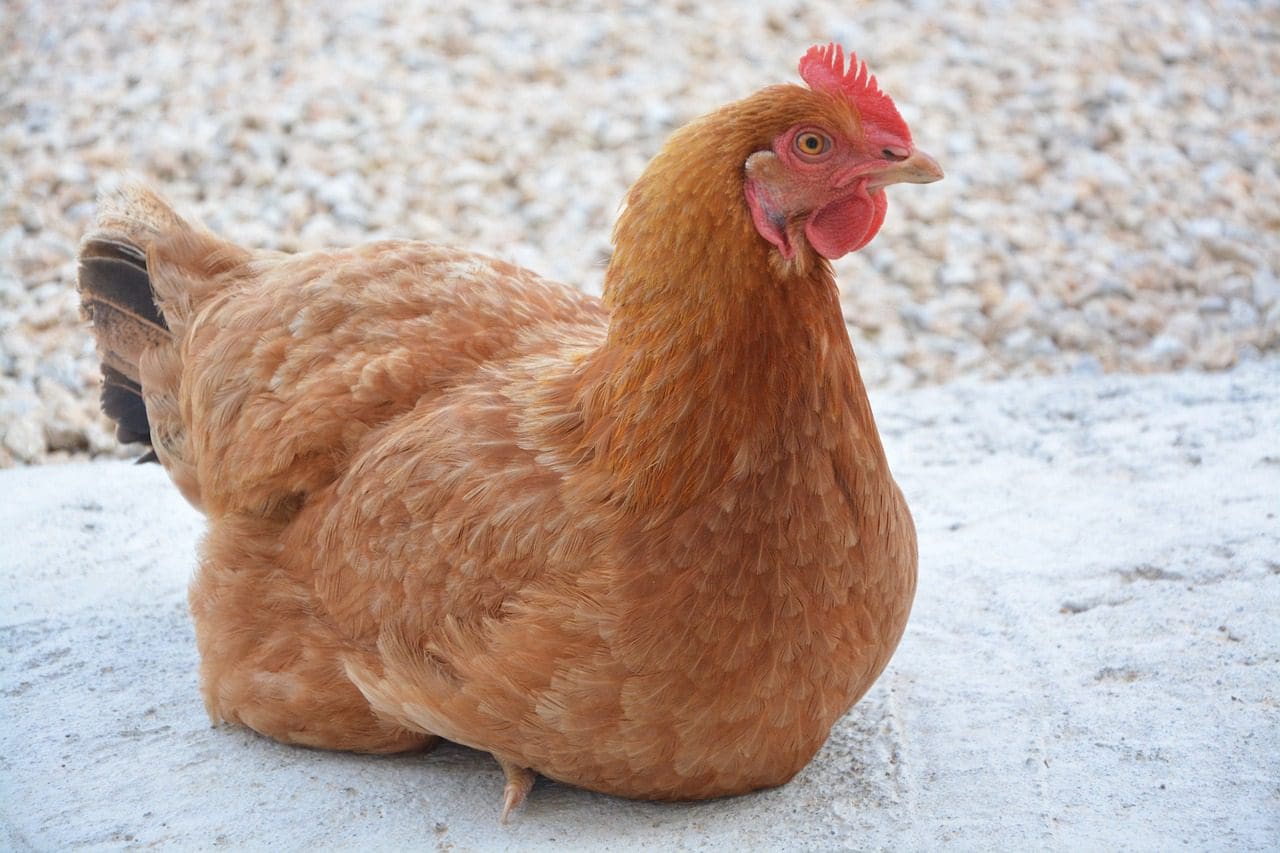“Lay” is a transitive verb, meaning it requires a direct object, and it denotes an action someone or something performs on an object. For example, “I will lay the book on the table.” “On the other hand, “lie” is an intransitive verb, indicating a state of reclining or resting without requiring a direct object. For instance, “I will lie on the sofa.”
Key Takeaways
- “Lay” is a transitive verb, meaning it requires a direct object, and denotes placing or putting something down in a resting position.
- “Lie” is an intransitive verb, meaning it does not require a direct object, and indicates being in a resting position or reclining.
- Using “lay” and “lie” correctly depends on the context and whether an object is being acted upon or a subject is resting.
Lay vs Lie
“Lay” is a transitive verb that requires a direct object and means to put or place something or someone in a horizontal position.“Lie” is an intransitive verb that does not take a direct object and means to recline or be in a horizontal position on its own or without causing an action upon something else.

‘ Lay’ means to place down an object or an individual in a horizontal position. For example, she laid down her bag on the table.
‘Lie’, on the other hand, means to settle down or be in a horizontal position on our own. For example, I can lie down on my own or lie on my bed all day.
Comparison Table
| Feature | Lay | Lie |
|---|---|---|
| Base verb | Yes | Yes |
| Meaning | To put or place something down in a flat position (also refers to laying eggs) | To be in a flat position on a surface; To rest oneself in a reclining position |
| Transitivity | Transitive (requires a direct object) | Intransitive (does not require a direct object) |
| Tenses | Present: lay, Past: laid, Past participle: laid | Present: lie, Past: lay (confusingly!), Past participle: lain |
| Example (Present) | I lay the book on the table. | The cat lies in the sun. |
| Example (Past) | She laid the carpet yesterday. (placing the carpet) | I lay down for a nap. (resting myself) |
| Example (Past Participle) | I have laid the carpet before. (placing) | I have lain here all day. (resting) |
What is meant by Lay?
Transitive Usage
The verb “lay” is a versatile word with various meanings, often used to describe the action of putting or placing something in a specific position or location. The usage of “lay” can vary based on context and the objects involved.
1. Transitive Action: “Lay” is commonly employed as a transitive verb, indicating that it requires a direct object to complete its meaning. In this context, it emphasizes the act of placing or arranging something.
Example: He decided to lay the book on the table.
2. Past Tense: The past tense of “lay” is “laid.” It signifies the completion of the action of placing or positioning something in the past.
Example: Yesterday, she laid the groundwork for the project.
Intransitive Usage
1. Reflexive Action: While “lay” is typically transitive, it can also be used intransitively in certain situations, particularly when it involves a reflexive action.
Example: He lay down for a short nap.
Distinction from “Lie”
1. Common Confusion: “Lay” is often confused with the verb “lie.” It’s crucial to distinguish between the two:
- “Lay” involves placing or positioning something (transitive).
- “Lie” refers to reclining or resting in a horizontal position (intransitive).
Past Participle and Forms
1. Past Participle: The past participle of “lay” is “laid.” This form is used in conjunction with auxiliary verbs to express actions completed in the past.
Example: They have laid the foundation for a strong partnership.
2. Present Participle: The present participle of “lay” is “laying.” It is used to convey ongoing or continuous actions.
Example: She is laying the tiles in the kitchen.
Idiomatic Expressions
1. Lay the Groundwork: The phrase “lay the groundwork” is idiomatic and signifies preparing a foundation or setting the stage for future developments or actions.
Example: The research team worked diligently to lay the groundwork for the experiment.
2. Lay It on the Line: Another idiomatic expression, “lay it on the line,” means to be frank or honest about a situation, often involving a straightforward communication of facts.
Example: It’s time to lay it on the line and discuss our concerns openly.

What is meant by Lie?
Definition and Basic Usage
The verb “lie” has multiple meanings and can be used in various contexts, contributing to its complexity in the English language. Let’s delve into the different aspects of this versatile verb.
Literal Meaning
The primary meaning of “lie” refers to the act of reclining or resting in a horizontal position, as in “to lie down on the bed.” This usage is straightforward and represents a physical state.
Falsehood or Deception
Another common usage of “lie” involves the act of intentionally providing false information or deceiving someone. For example, “to tell a lie” implies the communication of untruths with the intent to mislead.
Grammatical Variations
Present Tense
- “Lie” (present simple): I lie on the couch every evening.
- “Lies” (third person singular): He lies on the grass to relax.
Past Tense
- “Lay” (past simple): Yesterday, I lay on the beach for hours.
- “Lied” (past participle): She has lied about her whereabouts.
Transitive and Intransitive Usage
Transitive
In certain contexts, “lie” can be used transitively, meaning it takes a direct object. For instance, “to lie a book on the table” implies placing a book horizontally on a surface.
Intransitive
More commonly, “lie” is used intransitively, indicating no direct object. An example is “to lie on the grass,” where the action is self-contained without affecting another object.
Common Phrases and Idioms
Lie Low
The expression “lie low” suggests staying discreet or avoiding attention, often in a strategic or cautious manner.
Let Sleeping Dogs Lie
This idiom advises against stirring up trouble or reopening old issues, emphasizing the potential negative consequences of doing so.
Etymology and Historical Context
Linguistic Roots
The verb “lie” has Old English origins, with linguistic roots that trace back to Germanic languages. Understanding its etymology can provide insights into its historical evolution.

Main Differences Between Lay and Lie
- Usage:
- “Lay” is a transitive verb, meaning it requires a direct object. You lay something down.
- “Lie” is an intransitive verb, meaning it doesn’t take a direct object. You lie down yourself.
- Past Tense:
- The past tense of “lay” is “laid”. Example: Yesterday, I laid the book on the table.
- The past tense of “lie” is “lay”. Example: Yesterday, I lay down for a nap.
- Present Participle:
- The present participle of “lay” is “laying”. Example: I am laying the foundation.
- The present participle of “lie” is “lying”. Example: I am lying on the couch.
- Past Participle:
- The past participle of “lay” is “laid”. Example: I have laid the groundwork.
- The past participle of “lie” is “lain”. Example: I have lain here for hours.
- Objects:
- “Lay” typically involves placing something on a surface. Example: Lay the blanket on the bed.
- “Lie” involves reclining or being in a horizontal position. Example: Lie down and rest.


I laughed throughout this, great way of explaining the difference
Absolutely, humor makes learning fun!
Humor is a great tool for learning indeed
The use of lay and lie will always be confusing, no matter how much it’s explained
It’s a difficult topic for many, but practice helps
It’s normal to feel that way, but repeated exposure is key
Great explanation, I finally understand the difference!
Definitely, this post is so detailed and helpful
The examples used make it easy to understand the concepts
Indeed, the examples are very helpful
This article is very dry, hard to digest the information
Sometimes, the content can be heavy but the clarity is essential
I understand the complexity but it’s important to understand the differences
I disagree with the usage of lay and lie, it’s too complex
I understand the complex nature, but the post helped clarify things
This post gives me a headache, it is overly complex
I can see how you feel that way, but it’s essential to have the intricacies explained
The explanation is very dry, it could use more humor
Humor has its place, but the post does its job well
I see what you mean, humor can certainly help with understanding
This post is incredibly enlightening, I am grateful.
Bravo, well done post!
Very informative, I appreciate the clear examples
Exactly, the examples shed light on the confusion
I’m no longer confused after reading this, thank you for the clarity